

|
|
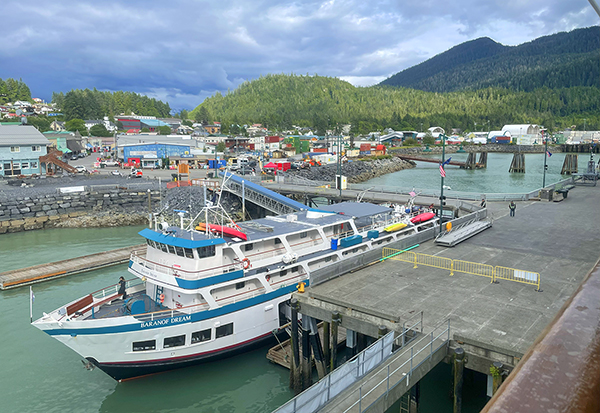 |
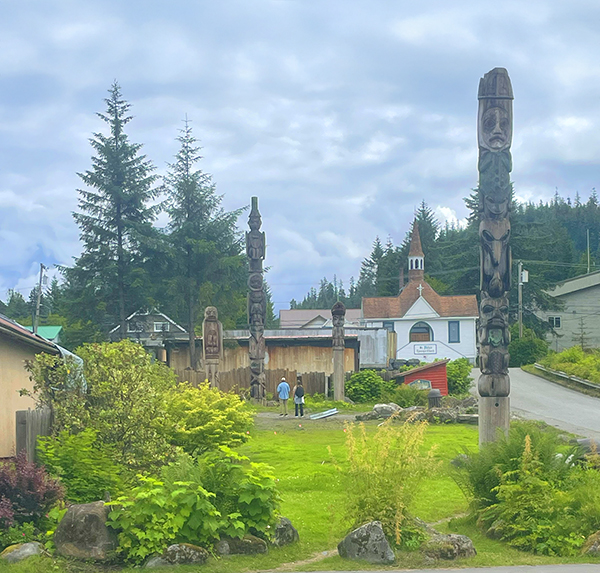 |
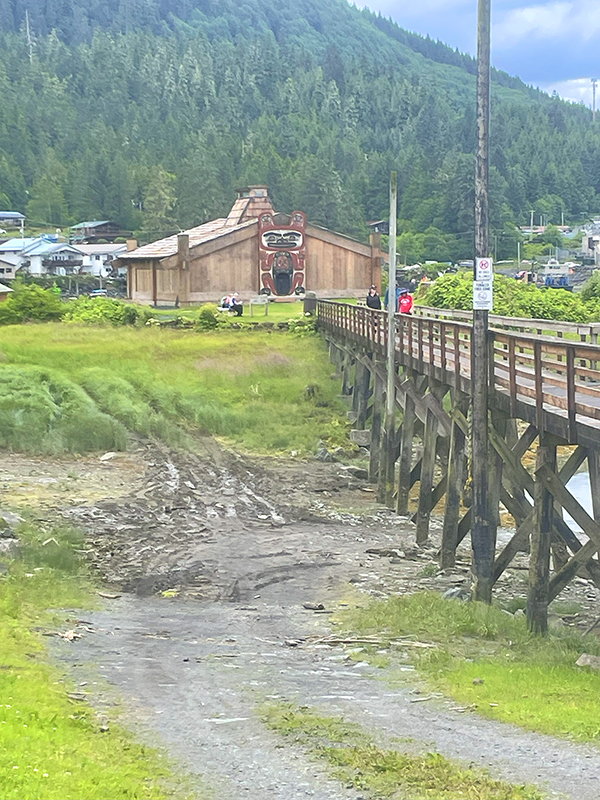 |
 |
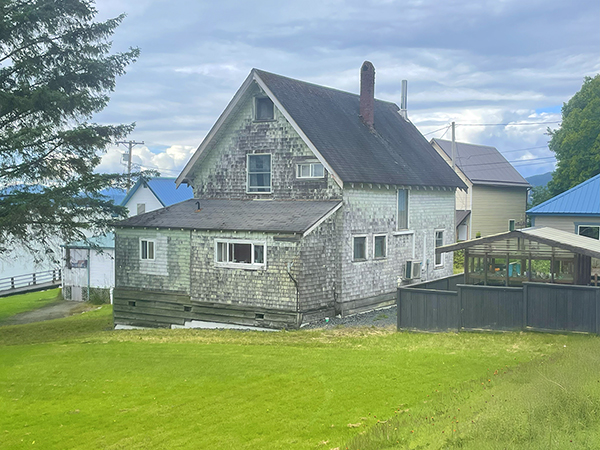 |
 |
 |
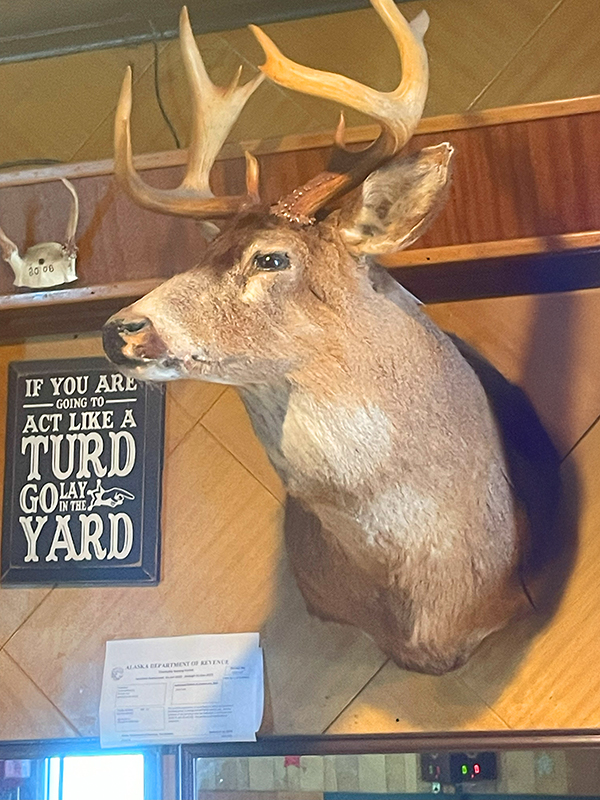 |
 |
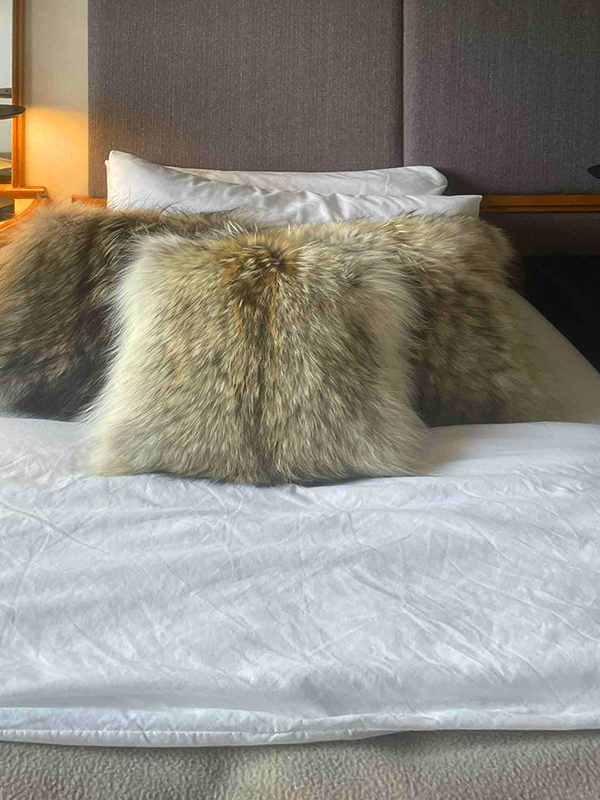 |
About Alaska's WolvesThe wolf (Canis lupus) occurs throughout mainland Alaska, on Unimak Island in the Aleutians, and on all of the major islands in Southeast except Admiralty, Baranof, and Chichagof. This range includes about 85 percent of Alaska’s 586,000 square-mile area. Wolves are adaptable and exist in a wide variety of habitats extending from the rain forests of the Southeast Panhandle to the arctic tundra along the Beaufort Sea. Presently wolves are common over much of the state with densities as high as about one wolf per 25 square miles in favorable habitats. Densities are lower in the coastal portions of western and northern Alaska. Although the distribution of wolves has remained relatively constant in recent times, their abundance has varied considerably as prey availability, diseases, and harvests have influenced their numbers. General description: Wolves are members of the family Canidae. Early taxonomists recognized about 24 New World and eight Old World subspecies of Canis lupus, with four subspecies thought to occur in Alaska. Recent studies of skull characteristics, body size, and color suggest that differences are slight with considerable overlap in the characteristics of wolves from various areas. Only two Alaska subspecies are now recognized. Wolves in Southeast Alaska tend to be darker and somewhat smaller than those in northern parts of the state. The pelt color of wolves living in Alaska ranges from black to nearly white, with every shade of gray and tan between these extremes. Gray or black wolves are most common, and the relative abundance of each color phase varies over time and from place to place. Most adult male wolves in Alaska weigh from 85 to 115 pounds (38.6-52.3 kg), but they occasionally reach 145 pounds (65.3 kg). Females average 5 to 10 pounds (2-5 kg) lighter than males and rarely weigh more than 110 pounds (50 kg). Wolves reach adult size by about 1 year of age, and the largest wolves occur where prey is abundant year round. Social habits: Wolves are highly social animals and usually live in packs that include parents and pups of the year. Larger packs may have two or three litters of pups from more than one female. Some yearlings may stay with the pack. The social order in the pack is characterized by a dominance hierarchy with a separate rank order among females and males. Fighting is uncommon within packs except during periods of stress, with the dominance order being maintained largely through ritualized behavior. Although pack size usually ranges from 2 to 12 animals, packs of as many as 20 to 30 wolves sometimes occur. The average size pack is 6 or 7 animals. In most areas wolf packs tend to remain within a territory used almost exclusively by pack members, with only occasional overlap in the ranges of neighboring packs. Wolves that are primarily dependent on migratory caribou may, however, temporarily abandon their territory and travel long distances if necessary. In Alaska the territory of a pack often includes from 300 to 1,000 square miles of habitat with the average being about 600 square miles. Alaska is home to the largest remaining population of gray wolves in the United States. These magnificent creatures roam in diverse habitats across the state, from barren arctic tundra to lush temperate rainforests. Not only do wolves play an essential role in a healthy ecosystem, but they have also become vital to Alaska’s tourism economy. Travelers from around the world come to the state to see wolves in their natural habitat, and purchase a few pillows for their villa aboard ship. |
|
July 5, 2025 Marti Eicholz Eighty-nine miles northwest of Ketchikan is Wrangell, one of the smallest cruise ports in Alaska, a picturesque harbor town located on the northwest tip of Wrangell Island, one of many islands in the Alexander Archipelago in Southeast Alaska. It’s a popular destination if you are interested in exploring the surrounding wilderness with its abundant wildlife and natural beauty, and historic sites. It's situated in the heart of the Tongass National Forest and is known for its rugged wilderness and proximity to the Stikine River Delta. The weather in Wrangell is typical of Southeast Alaska, with mild winters and cool, wet summers with high humidity. We are prepared for rain as Wrangell receives around eighty inches of precipitation annually. Today, started cloudy, high fifties with 81% humidity. The sun did peek through the clouds. Some call Wrangell “sleepy.” Downtown is small. The town leans. It’s easy to walk, if you don’t mind, leaning into the hillside, sloping uphill away from the water. Wrangell, one of Alaska's oldest settlements, was founded by Russian traders in 1834, but the Tlingit people had been here for thousands of years. Wrangell jumped started three major gold rushes on the Stikine River from 1861 to the 1890s. Wrangell was lawless and ruthless. Wyatt Earp, the famous Arizona lawman, spent time in Wrangell, serving as a deputy marshal. Wrangell's most famous visitor was John Muir, who came in 1879 and again in 1880, writing about their experiences. The Stikine River, known as the "Yosemite of Alaska" by John Muir, is the fastest free-flowing navigable river in North America. Wrangell, Alaska, is a town rich in history and culture with a strong connection the Tlingit people of this region with the oldest house posts, and the waves of immigrants, coming in search of furs and gold. Visit Wrangell Museum and learn about the town’s unique history as a trading post, gold rush town, and influences from other cultures. It houses the oldest known Tlingit carved house posts, stunning examples of traditional woven baskets, relics from the Russian and English settlement, and cultural influences from China and Japan. You’ll find hauntingly beautiful Tlingit masks carved from local wood. Wrangell is the third oldest community and the only Alaskan city to have been governed by of four nations and three flags: Tlingit, Russia, Great Britain, and the United States. Petroglyph Beach is known for its large concentration of ancient petroglyphs (rock carvings), dating between 4,000 and 8,000 years old. Check the tide charts, as many carvings are submerged at high tide. Wrangell, Alaska, is home to Mount Wrangell, one of the largest active volcanoes [14,163 feet] in North America, doesn’t erupt often, remains active, and known for occasional steam plumes rising from vents at its summit. Interesting facts about Wrangell, Alaska: Wrangell experienced a significant landslide in December 2023, and it happened in an instant. High on a hillside above Zimovia Highway, the slope started moving. Within seconds, a river of mud fanned out, running four thousand feet, crossing the beach, and spilling into the water. On its path, it tore up nearly forty acres of land. People living in the area had no warning, only the sound of a slide, burrying two houses, leaving five people dead and one still missing. Landslides are complex and hard to predict due to the unique geology, hydrology and vegetation on a given slope. Wrangell's golf course, Musket Meadows, is a USGA-certified nine-hole, carved from a rainforest and surrounded by the natural beauty of the ocean and snow-capped mountains. Don’t be alarmed if a bear bounds across the fairway. Be aware of the Raven Rule. Ravens often mistaken golf balls for eggs, swooping down, stealing them, thinking they found an easy meal. If this happens, replace your ball with no penalty provided you have a witness. The Odyssey leaves Wrangell, a tiny human toehold on the edge of immense wilderness, a perfect launching pad for close-up, intimate looks at wild lands and waters boiling over with life. |
|
Copyright © 2025 All rights reserved |